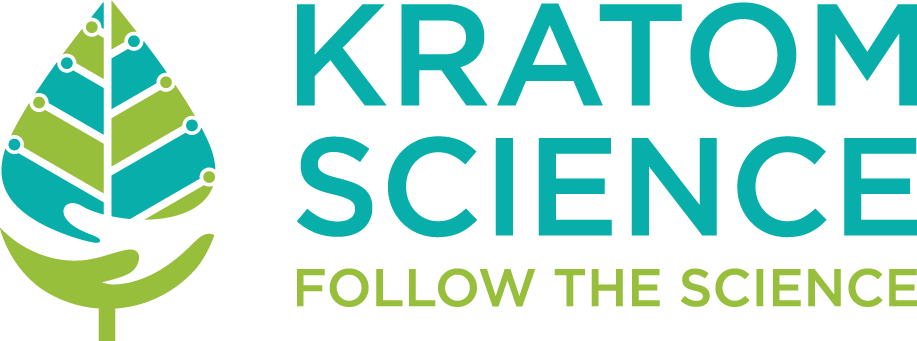Kratom in Estonia
Kratom Legal Status
Illegal since 2015
Law
Where to buy kratom in Estonia
Shipments are allowed when sent from an European Union member state where kratom is legal, regulated by the EU customs union in the Lisbon Treaty.
National drug strategy & laws
Illicit drug policy in Estonia is set out in two strategic documents: the National Health Plan 2009-20 and the White Paper on Drug Prevention Policy. The Health Plan serves as the national drug strategy, stating the objectives on illicit drugs. It seeks to prevent and reduce both the consumption of narcotic substances and the health and social damage caused by drug use. Whereas the Minister of Social Affairs holds overall responsibility for the National Health Plan 2009-20, the Minister of the Interior is responsible for drugs issues within the plan and its action plans.
The White Paper on Drug Prevention Policy, adopted in January 2014, elaborates on Estonia’s illicit drug policy; its main objective is to reduce drug use and the resulting harms.
The Act on Narcotic Drugs and Psychotropic Substances and Precursors Thereof regulates the field of narcotics and psychotropic substances in Estonia. Under this law, unauthorised consumption of narcotic drugs or psychotropic substances without a prescription, or illegal manufacture, acquisition or possession of small quantities of any narcotic drugs or psychotropic substances, is punishable by a fine or by administrative detention.
Any act of illegal possession or dealing in drugs not intended solely for personal use is considered a criminal offence, regardless of the type and amount of illicit drug. Since 2011, treatment may be offered to drug-dependent offenders as an alternative to prison only if the offender is sentenced to imprisonment for a period of 6 months to 2 years and agrees to undergo the treatment course.
Historically, new psychoactive substances (NPS) were primarily regulated by amending the four schedules of narcotic and psychotropic substances to add each new substance individually. In 2013, Schedule V was added to regulate trade in NPS with legitimate industrial uses.
National treatment policy
The National Health Plan 2009-20 defines the main objectives in the area of drug treatment. Treatment in the public sector is funded by the state budget allocated by the Ministry of Social Affairs; almost half of the budget funds opioid substitution treatment (OST), with the remainder allocated to detoxification and drug-free programmes. Some larger municipalities also fund drug treatment.
Traditionally, drug treatment in Estonia is provided through hospitals, which need to obtain a licence for mental health services to provide inpatient and outpatient treatment for dependency. According to the Mental Health Act (RT I 1997, 16, 260), only psychiatrists can provide drug treatment.
OST is the most widely available treatment option in Estonia. Other available treatment interventions include detoxification, drug-free treatment and inpatient rehabilitation programmes. Special drug treatment programmes for children, adolescents and people with a dual diagnosis are also available, although treatment options for these groups and for people who inject amphetamines remain limited. In 2017, methadone maintenance treatment was offered at eight treatment sites in five regions.
